As we have now seen, intelligence is common throughout the animal kingdom, and a strong case can be made that many animals are conscious and capable of suffering. In the not-too-distant future, we may encounter other types of non-human being, in the form of extraterrestrials or AIs. So where does that leave us? Should we reevaluate our relationships with animals? How can we prepare for future encounters with ETs and AIs? Here you may explore some of the ethical issues such beings raise, discover how scientists, activists, ethicists, and artists have addressed them, and weigh in with your own opinions on these pressing topics!
(Note: the discussions in this section are subject to the Animal People Forum’s message board rules, and comments deemed irrelevant, abusive, obscene, or otherwise in violation will be removed)
Food

By far the largest role non-human animals play in human society today is as food. Over 10 billion land animals (mammals and birds), and 50 billion fish and marine invertebrates, are killed for human consumption every year in the United States alone!
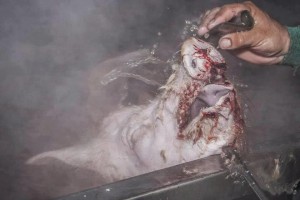
Among animals raised for food, the vast majority spend their lives in intensive factory farms. Factory farms maximize economic efficiency at the expense of animal welfare, often confining animals in extremely small, crowded spaces without access to sunlight, fresh air, or even room to turn. Industrial slaughterhouses are often largely mechanized, and operate at extremely rapid paces, with little provision for either animal welfare or that of their human workers. Although eggs and dairy do not directly require the killing of animals, the egg and dairy industries also use factory farming and cause many animal deaths, including “spent” animals and male calves and chicks not useful for production.

For animal rights activists, the use of animals for food is an issue of urgent importance. If animals are conscious, there can be no doubt that modern farming and slaughter practices cause them enormous suffering. Some activists campaign for more “humane” alternatives, such as cage-free farming and less painful methods of slaughter. Many believe that killing animals for food at all is unnecessary and therefore wrong, advocating for alternative diets instead. Vegetarians refrain from eating meat, while vegans avoid all dairy, eggs, and honey as well. Some organizations, including PETA (People for the Ethical Treatment of Animals), have also sponsored research into technological alternatives, such as growing meat directly from stem cells.

Experiments
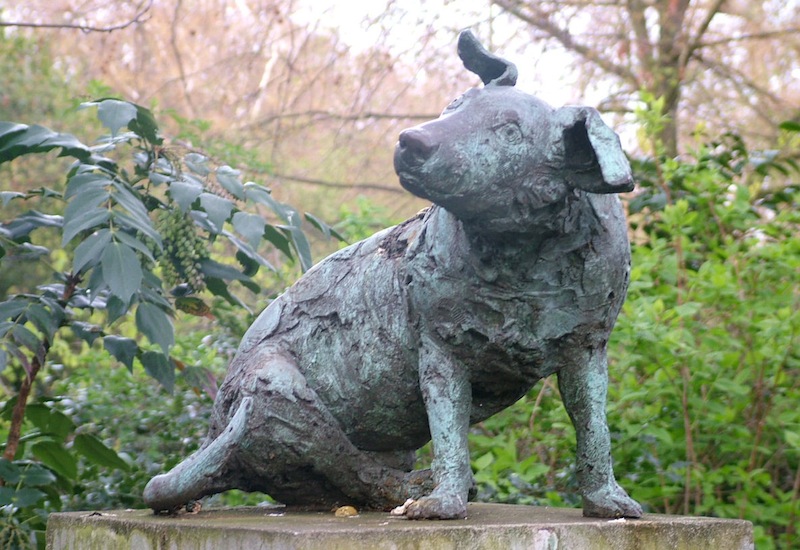
Another major way in which humans use other animals today is in scientific experiments. Research on animals is performed in many areas of science, for a huge variety of reasons: to understand their anatomy, measure their intelligence, test potentially toxic substances, develop medical treatments for humans, and others. Oftentimes such experiments involve pain, trauma, or death for the animals involved.

Most experiments on animals are not directly intended to benefit human health. However, some have led to medical discoveries saving many human lives. Experiments may sometimes benefit animals as well. Animal research has contributed to veterinary medicine, proved the effect of harmful policies on animal habitats, and provided scientific evidence for animal pain and consciousness.
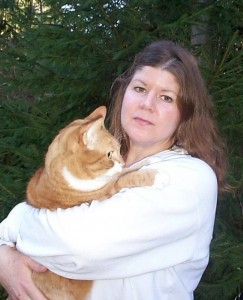
The modern animal rights movement began largely in protest against animal research – specifically vivisection, the dissection of live animals, starting in the early 19th century. Many activists today condemn all experimentation on animals. Others admit the tricky dilemmas involved, and allow for certain cases in which it may be justified. All maintain that animal testing should be avoided whenever possible. If done at all, it should be strictly controlled to cause as little harm to animals as possible. With this many scientists today agree. The “3 R’s” (Replacement, Reduction, Refinement) have been widely adopted as a guiding principle by many scientific organizations. Nonetheless, legislation enforcing the 3 R’s is lacking in most countries, and some governments, including the United States, require animal testing in many areas of research.

Legal Rights
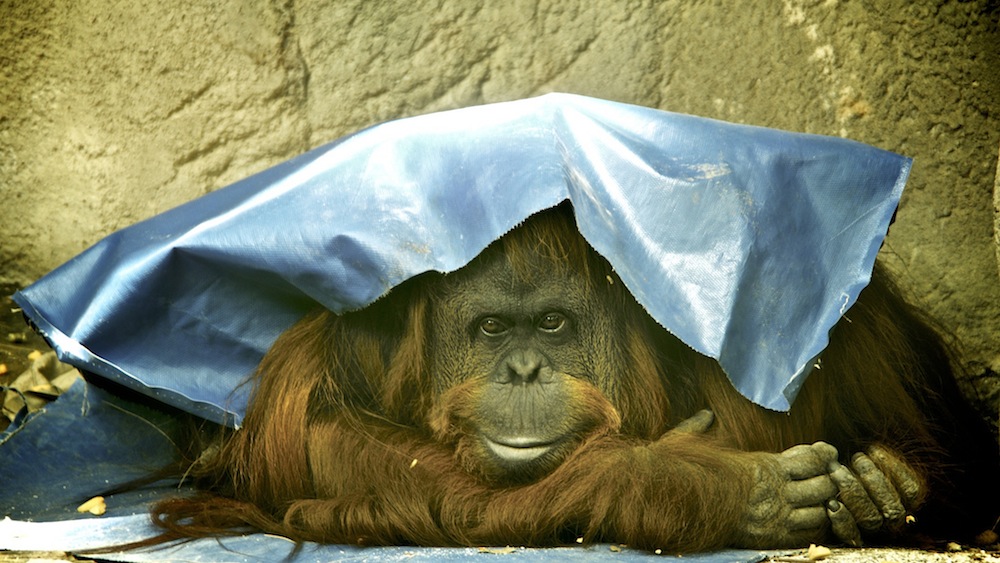
One of the top priorities for animal rights activists is to win legal protection for animals. Efforts have been somewhat successful so far. Laws prohibiting cruelty, mandating proper care, and instituting standards for treatment of animals are common in many countries and U.S. states.
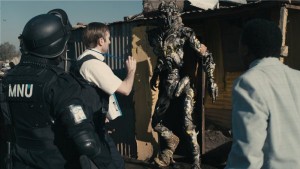

However, many such laws contain glaring exceptions (for example, food animals are not protected under U.S. anti-cruelty laws) and are weakly enforced. Most also continue to classify animals as property, restricting their mistreatment by humans, but not the right of humans to use other creatures for our own ends. True animal rights legislation, affirming that animals possess rights of their own, is much rarer. A handful of countries have granted “non-human person” status to certain species, bestowing basic legal rights: U.S. and Argentinian courts have granted apes the right to legal defense and freedom from captivity, respectively, and India has banned the keeping of cetaceans in aquariums and water parks.
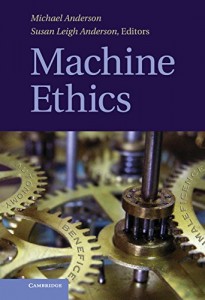

Whether or not non-humans deserve legal rights depends largely on what “rights” are considered to entail. Some thinkers restrict rights to “moral agents,” beings that can participate knowingly in society and take responsibility for their actions. This would exclude most non-human animals and many conceivable ETs and AIs. Others argue for extending rights to “moral patients” as well, that is, anyone who can suffer from the moral choices of others, regardless of whether they can make such choices themselves. All conscious beings would therefore be eligible for rights. Some ecofeminists and others argue a third position: that moral consideration of animals, and legal protections for them, shouldn’t depend on their possession of rights, but our own capacity as humans to empathize with them. Comments
Species vs. Individuals
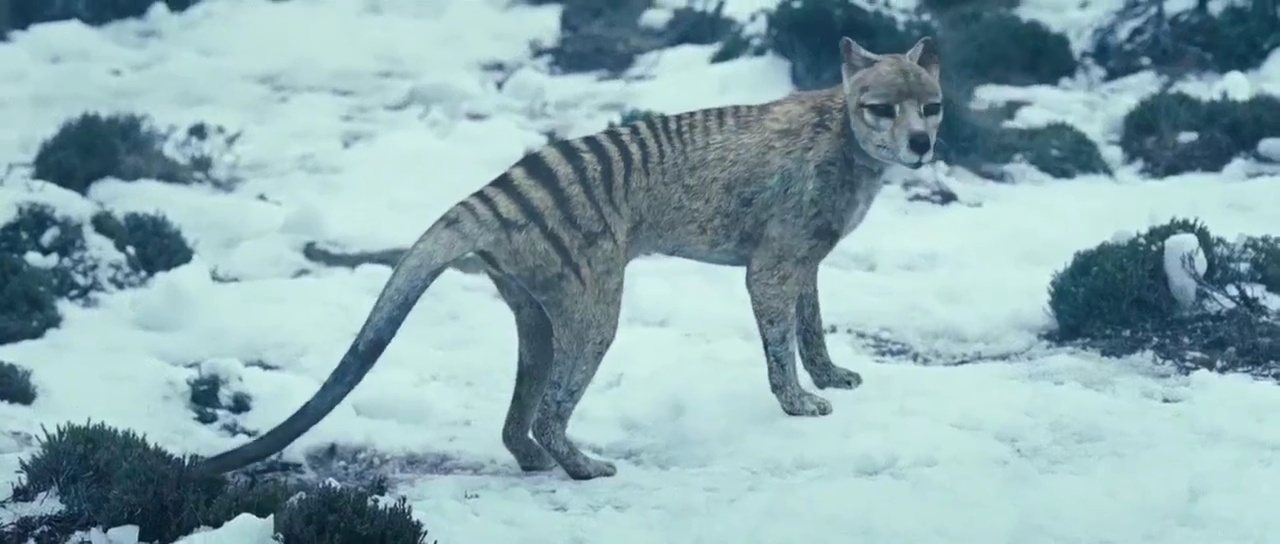

Though often conflated in the public eye, animal rights and animal conservation are two different movements with distinct philosophies. Animal rights focuses on the well-being of individual animals, and their right not to be killed or otherwise harmed by humans. Conservation focuses on species, populations of related animals, with the goal of preserving large numbers in their natural habitat. Though such priorities may coincide, they can also lead to major conflicts.

For example, conservationists often support the killing of non-native species, animals introduced by humans to a region they didn’t previously inhabit, in order to protect local species and ecosystems from harm. Some conservationists also promote controlled hunting or farming of endangered species. They argue that doing so creates an economic incentive to prevent species’ total extinction, and discourage would-be poachers from targeting wild populations.
By contrast, animal rights activists generally regard the well-being of individuals as more important than the abstract concept of a “species.” They would not generally approve of killing some animals to benefit others, especially if the number of non-native, farmed, or hunted individuals harmed exceeds the number of native, wild, or endangered animals saved. Comments
Global Ecosystems
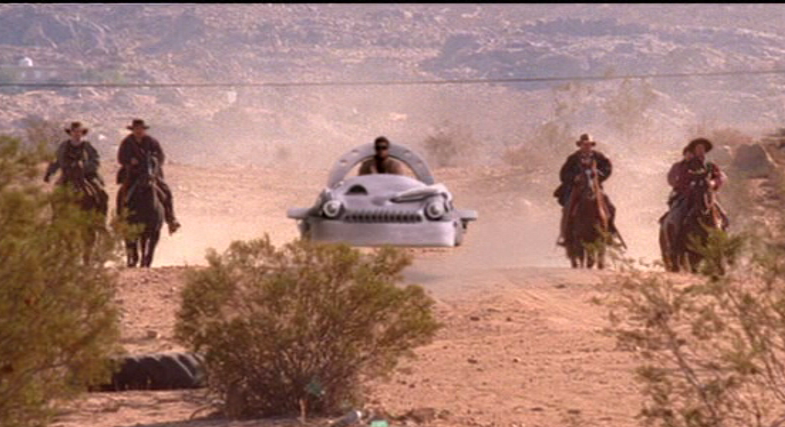
Humans’ effects on the environment go far beyond merely the introduction of non-native species or attempts to eradicate them. Industrial civilization has taken an enormous toll on the planet as a whole, depleting its resources and altering the climate.

In particular, the production of greenhouse gases has caused global temperatures to rise over the past hundred years. Climate scientists predict this trend will continue for centuries to come. However, its severity depends on whether or not we can curtail its causes in time. By some worst case scenarios, continued industrial production could send the Earth into a moist greenhouse effect within 300 years. This would ultimately boil the oceans and render the planet completely uninhabitable.
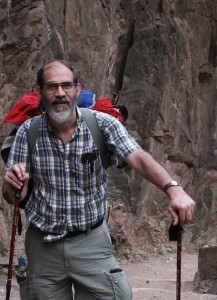
Some scientists propose technological solutions to halt or reverse climate change. These include giant space-based mirrors to reduce warmth from the Sun, and injections of special gases into the atmosphere to counteract the greenhouse effect.
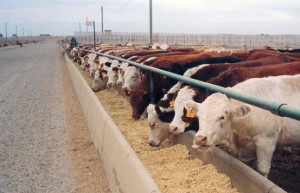
Such technologies could also be used to create new Earths elsewhere. Terraforming would transform other worlds’ environments to make them suitable for humans and other Earth organisms. Terraforming is a controversial issue, however, especially for worlds where native life-forms might already exist. Some scientists and ethicists recommend that terraforming be allowed only for completely uninhabited planets. Others maintain that even lifeless worlds are valuable, either intrinsically or because they may influence the evolution of other, inhabited bodies. According to such “planetocentric ethics,” the Earth may be our one and only chance. Comments
Religion


Different religions portray the universe, and humans’ place within it, in very different ways. Several were covered early in this exhibit (see What Do We Believe?). Religions vary not only in their teachings about the cosmos and human significance, but in their ethical teachings regarding other creatures, including how we should treat animals. If we should ever discover life beyond our planet, or develop AIs with minds of their own, religions are bound to play a major role in how people respond. Many religions themselves posit life elsewhere in the universe, and might perceive its scientific discovery as confirming their beliefs. Others could easily interpret their teachings to accommodate such findings.

This doesn’t mean it wouldn’t pose many tricky theological questions, however: Do aliens have souls? Did Jesus die for them too? Are there alien buddhas? Religions that believe humans are the sole focus of God’s attention would have the most difficult time. However, just as many churches still do not accept evolution, such religions could probably get away with ignoring extraterrestrial life so long as there was no direct contact.

Artificial intelligence is bound to pose many similar challenges, and some religious thinkers have already begun to consider them. Many prominent Japanese AI researchers are Buddhist, and draw on Buddhist theories of mind in their thinking about machine consciousness. At least one Christian theologian, Dr. Anne Foerst, has discussed the place of AIs in both Christian beliefs and communities. Comments
War
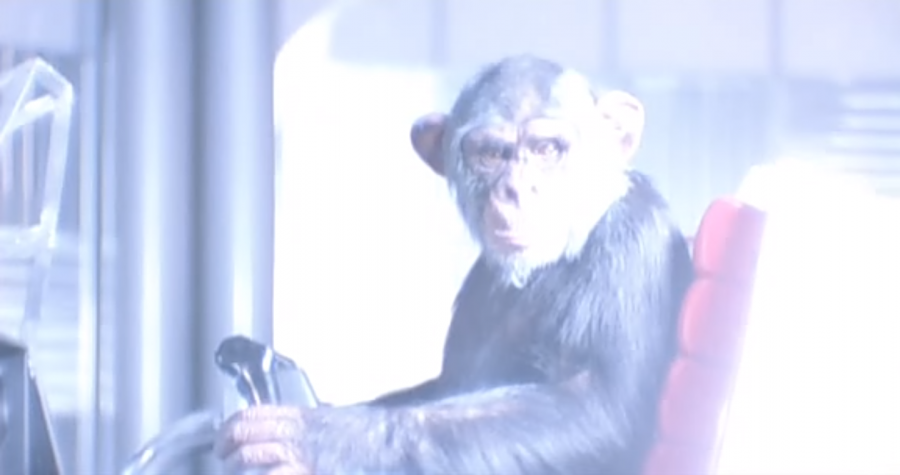

Animals have long played important roles in human warfare. Horses, elephants, and other beasts of burden carry soldiers and supplies into battle. Dogs assist in attacks, seek out fallen soldiers, and sniff for explosives, as do dolphins and sea lions in marine settings. Pigeons carry messages across enemy lines. Although many such roles have now been filled with modern technology, some specialized applications still call for animals. They may also be used to test exposure to weapons and other wartime traumas, to train medics for surgery, or simply as target practice. On a more abstract level, wartime propaganda often likens human enemies to other species (especially dogs, pigs, or “vermin”). Such dehumanization serves to make violence and cruelty against them seem morally acceptable.

The U.S. Navy is currently funding research to develop military AIs, specifically non-violent robotic medics programmed with a code of ethics. Some critics fear the development of armed battle robots as well, claiming that without emotions or empathy, even “ethical” machines would be more likely than human soldiers to kill without need. Others maintain that AI soldiers would be less violent than humans, because without emotions, machines can’t be cruel, vengeful, or sadistic. Aside from the actions of military AIs themselves, there is also the risk that countries with robotic armies might become more warlike in general, enabled to attack weaker nations without risking the lives of their own human citizens.

Contact with ETs could also have profound implications for human warfare. Of course a physical invasion could result either in war between humans and aliens or the end of war altogether (see “The End of Humanity?”), as could the rise of AIs far more powerful than humans. A more likely near future scenario is for scientists in a specific nation to discover alien radio signals before anyone else. Their government might then monopolize any information gained, or establish sole contact with the civilization they came from, to gain a military advantage over other countries. For this reason, some SETI researchers have called for a United Nations resolution requiring any discovery of alien life to be shared with the world, and that any official response to a radio signal be internationally co-written and approved. Comments
Inter-species Sex
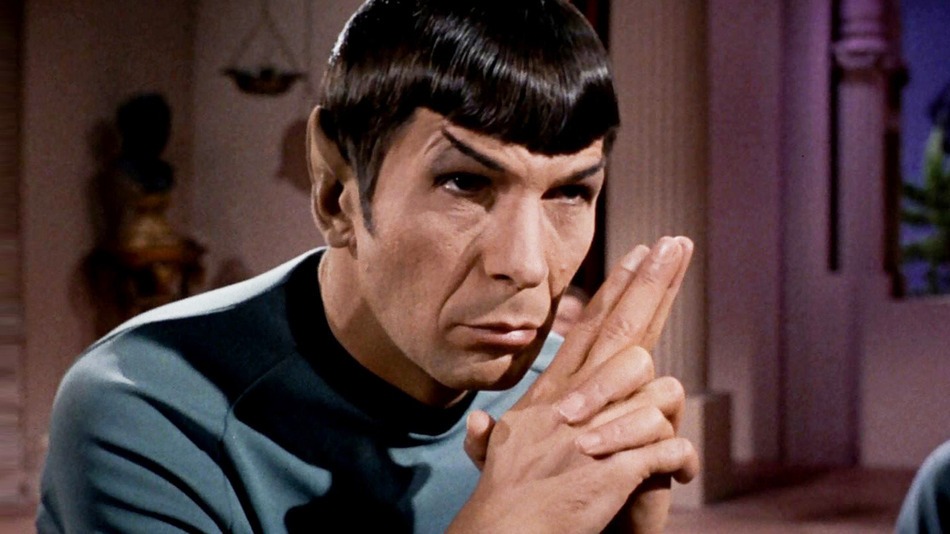

Most of us would readily condemn bestiality or zoophilia, sex between humans and animals. According to many animal rights activists, it is a form of animal abuse. For animals smaller than humans it may result in severe injury, and even if it doesn’t, animals’ inability to vocalize consent makes it a form of rape. Other people may condemn it on the basis of visceral disgust alone.

However, despite widespread disgust toward zoophilia in reality, inter-species sex is often portrayed positively in science fiction, which abounds with love stories between all combinations of humans, aliens, and AIs. Furthermore, zoophilia itself is legal in some countries and U.S. states, which may contain flourishing “animal brothels.”
Animal rights thinker Peter Singer defends zoophilia. He argues that human-animal relationships can in theory be respectful and mutually enjoyable, especially since certain animals (including dogs and orangutans) sometimes attempt sex with humans themselves. On the other hand, animal rights activists also lead efforts to prosecute commercial brothels, which often treat their animals very cruelly overall, and criminalize zoophilia in places where it’s legal.
The End of Humanity?

The prospects for contact with extraterrestrials or the creation of strong AI may be exciting, but they can also be frightening. There are many ways in which such scenarios could turn out very badly for humans: Our radio signals might attract dangerous alien invaders to our planet. AIs might turn on their creators, enslaving or exterminating us.

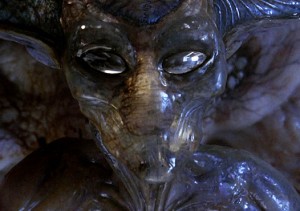
Alternatively, such beings might not intend any malice, but still cause immense harm to humans accidentally, perhaps trying to reform our species according to their own moral or religious standards. On a more mundane level, microbial life brought to Earth from other worlds might prove infectious, causing human extinction by plagues. ETs or AIs could also bring about the end of humanity not through extinction, but transcendence. Aliens might guide humans’ evolution into a new, totally different species. Through cybernetic technology, humans might transform themselves into machines, transcending the physical and mental limits that have hitherto defined the human condition. Or AIs might simply outgrow their earthly nest, departing to explore the universe on their own, leaving humans to drive themselves into extinction. Under such circumstances, the legacy of human civilization would live on, but not human beings as we know them today. Comments
Other Questions
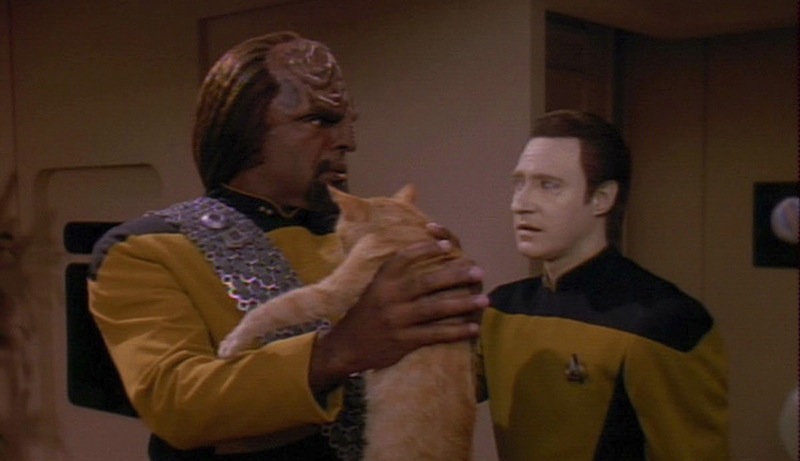
Have questions on a topic not covered above? Ask it here! New topics that prompt lots of discussion may earn their own separate headings at a future date. beyondhuman forum
